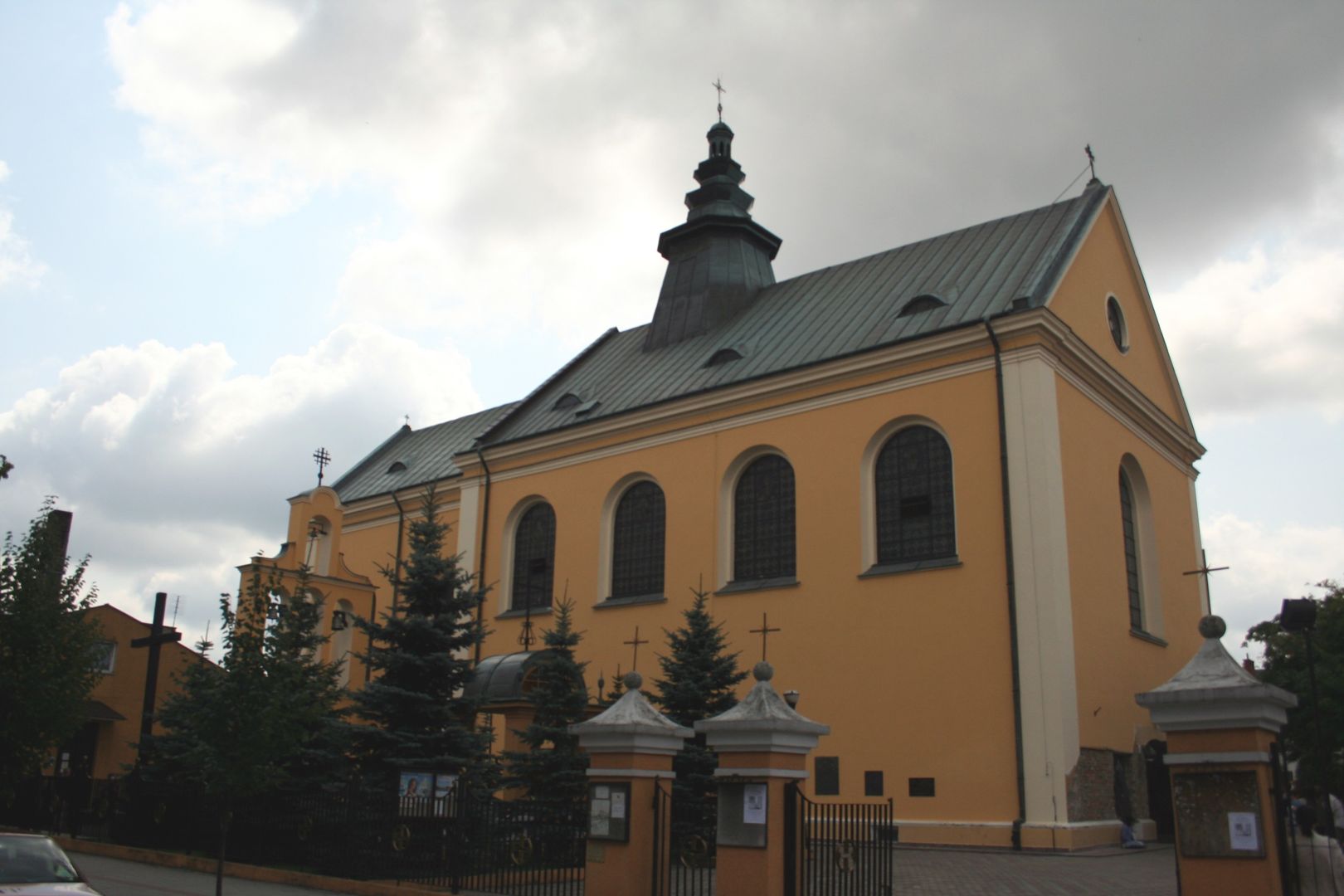Garrison Church of Our Lady Queen of Poland in Rzeszów
6.64

Overview
The Garrison Church of Our Lady Queen of Poland in Rzeszów, which also serves as a temple for the civil-military parish, is a significant element of the city's cultural and architectural heritage. It was built between 1712 and 1722, funded by Andrzej Passakowicz, a wealthy Armenian merchant. The consecration took place on April 27, 1722, and the designers were Jan Chrzciciel Belotti and Karol Henryk Wiedemann. The church, constructed in the Baroque style, stands out for its austere interior decoration, in line with the principles of the Reformati order. Investments by the nobility, including donations from the Lubomirski family, contributed to its development. Between 1787 and 1922, the church lost its religious function when, following the dissolution of the monastery, it was converted into a warehouse by the Austrian authorities. After World War I, in 1922, it was restored as a garrison church, with its interior reconstructed and a military parish established. During World War II, the temple was used by the military, and the damage it suffered from bombing was repaired after the war. In 1968, on the initiative of Bishop Ignacy Tokarczuk, a civil parish was established. The church underwent a comprehensive renovation in 2008, which included the restoration of frescoes. The interior of the church features a 17th-century main altar, a Rococo-style pulpit, and Baroque sculptures. In the catacombs beneath the church, many benefactors are buried, including Marianna Lubomirska. Interestingly, the area of the former monastery garden was transformed into a city park, which over the years has acquired various decorations and monuments. Thus, the Garrison Church is not only a place of worship but also a memento of the region's rich history and a testament to the changing fortunes of Rzeszów.
Location
Tickets
Powered by GetYourGuide
2025 Wizytor | All Rights Reserved